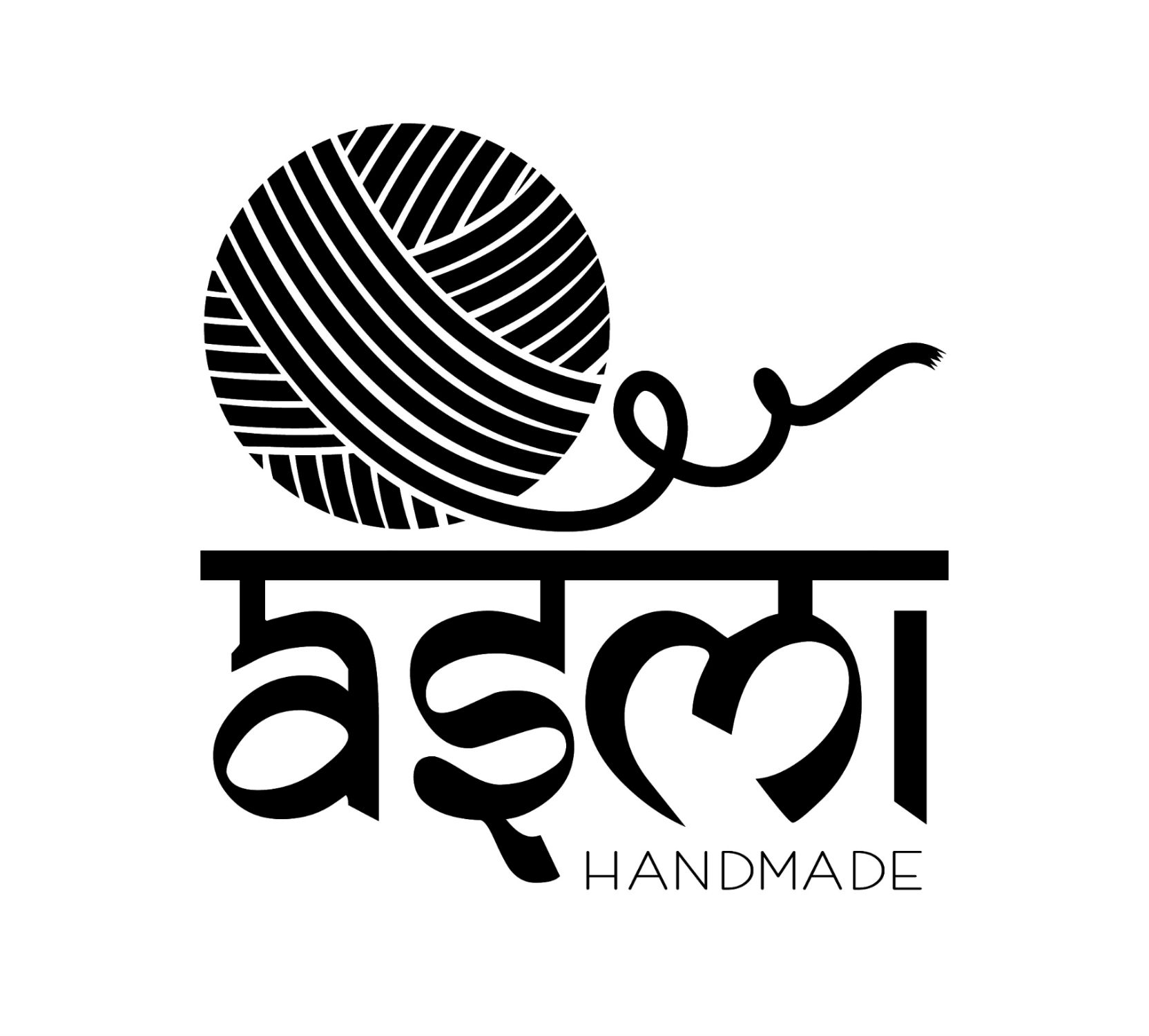Amigurumi Alpaca free crochet pattern

If you liked this Amigurumi alpaca free crochet pattern, check out my other free amigurumi patterns:
Design inspriration:
My inspiration to design this amigurumi alpaca free crochet pattern came from my niece recently who recently visited an alpaca farm and shared some amazing pictures of it. When I showed the finished alpaca to her, she totally loved it. She couldn’t wait to have it and wanted me to send it to her by mail ❤️ I usually go to Pinterest looking for my next project but sometimes your next project finds you. 🙂
If my amigurumi alpaca inspires you to make one, here is the pattern for it.
Supplies:
- Small amount of white/off white shade of dk weight yarn.
- Small amount of black yarn for embroidering the eyes/Plastic safety eyes
- 2.75mm crochet hook
- Large eye tapestry needle and scissors
- Stuffing
Abbreviations:
- Ch – chain
- MC – Magic Circle
- Sl st – slip stitch
- sc – single crochet
- [Number] – Stitch count at the end of the round
Pattern Notes:
- This amigurumi alpaca free crochet pattern uses worsted weight yarn, however there is no gauge required, so your can use any yarn with a suitable hook.
- A well stuff body and head prevent the dreadful wobbly head.
- WARNING: Embroider the eyes if using it as a toy for babies. French knots work great. Plastic safely eyes can be a choking hazard.
Tips before you start:
- Amigurumi always looks better when the stitches are tighter because it prevents the stuffing from poking out. Use 1 size smaller hook than your yarn calls for.
- The look of the Amigurumi finished object depends a lot on how you stuff it, so don’t be impatient and stuff too much in one go. Do it in bits.
- Always pin the body parts together before you start sewing because this helps in keeping them in the right place and visualize before sewing. Be it the limbs or the eyes, mouth, ears, antlers, horns, wings etc. Doesn’t matter even if they are really small parts, pinning them helps. I say this from personal experience as they always turn out better looking when you do this. 🙂
Pattern:
Legs: Make 4
Body:
We have used 4 stitches of each leg and have 4 unworked stitches in each leg.
Separating the back from the neck
Counting from the beginning of the round (including the beginning stitch), mark the 11th stitch and the 21st stitch.
Neck:
Stuff the neck portion as you go.
Mouth:
Ears: Make 2
Fasten off with a long tail to sew.
Eyes:
Tail:
Stuff the tail lightly.






















